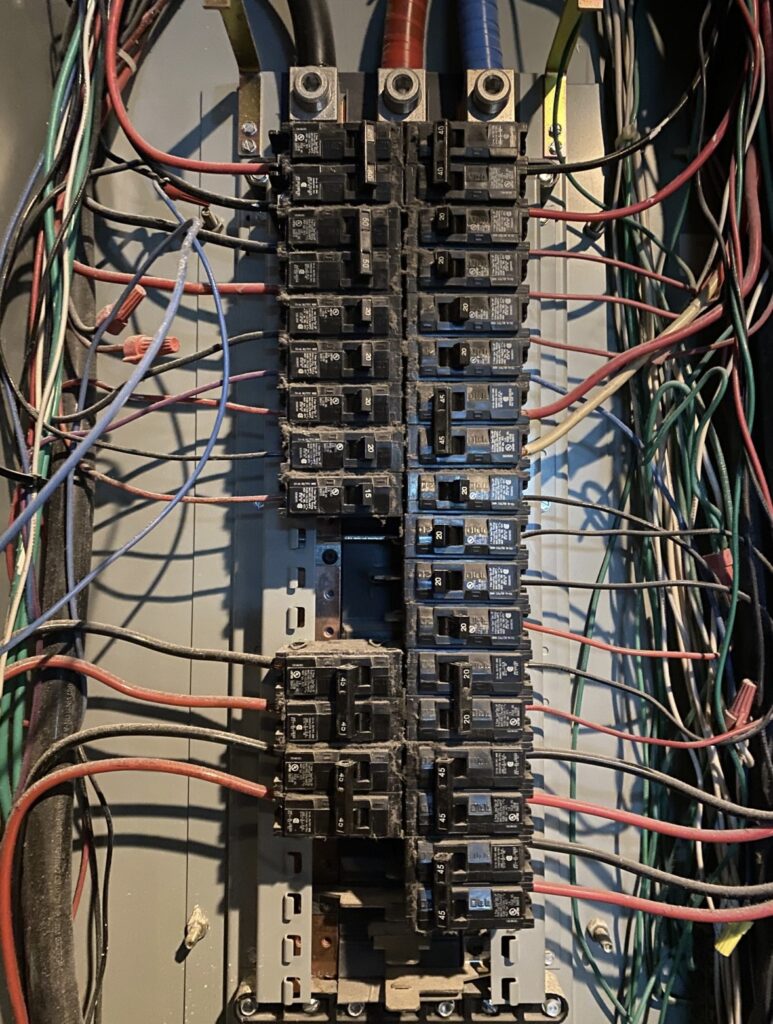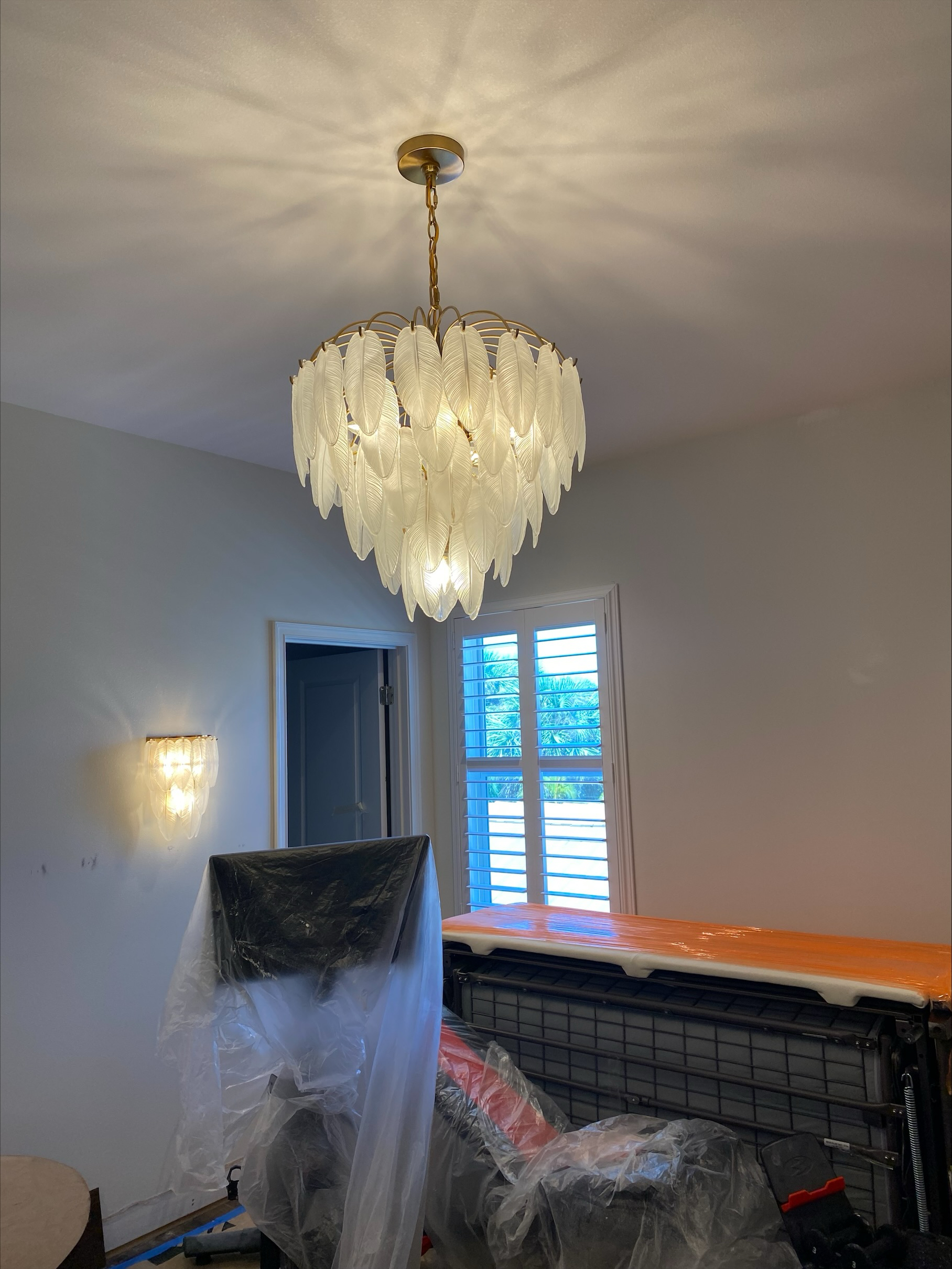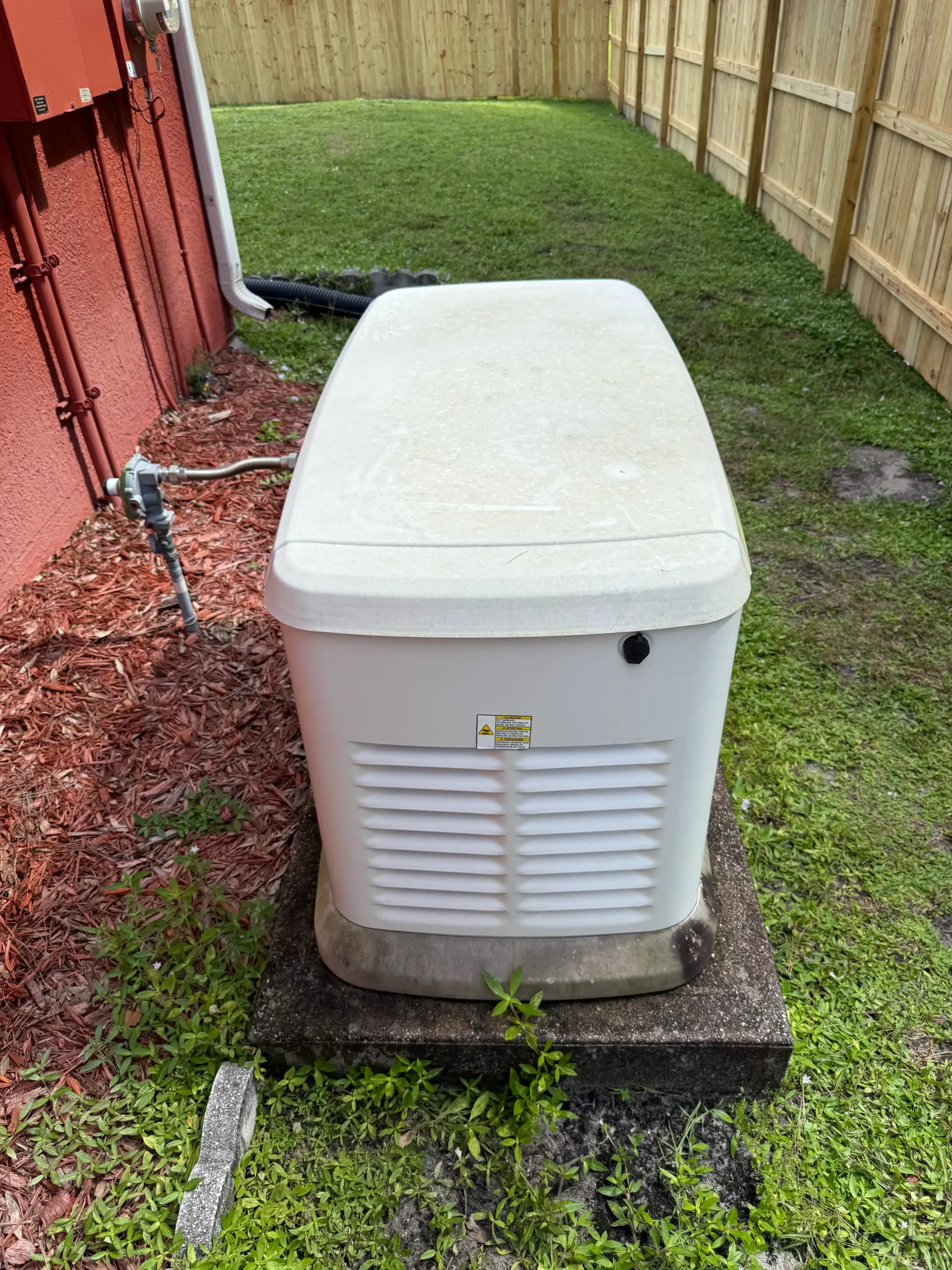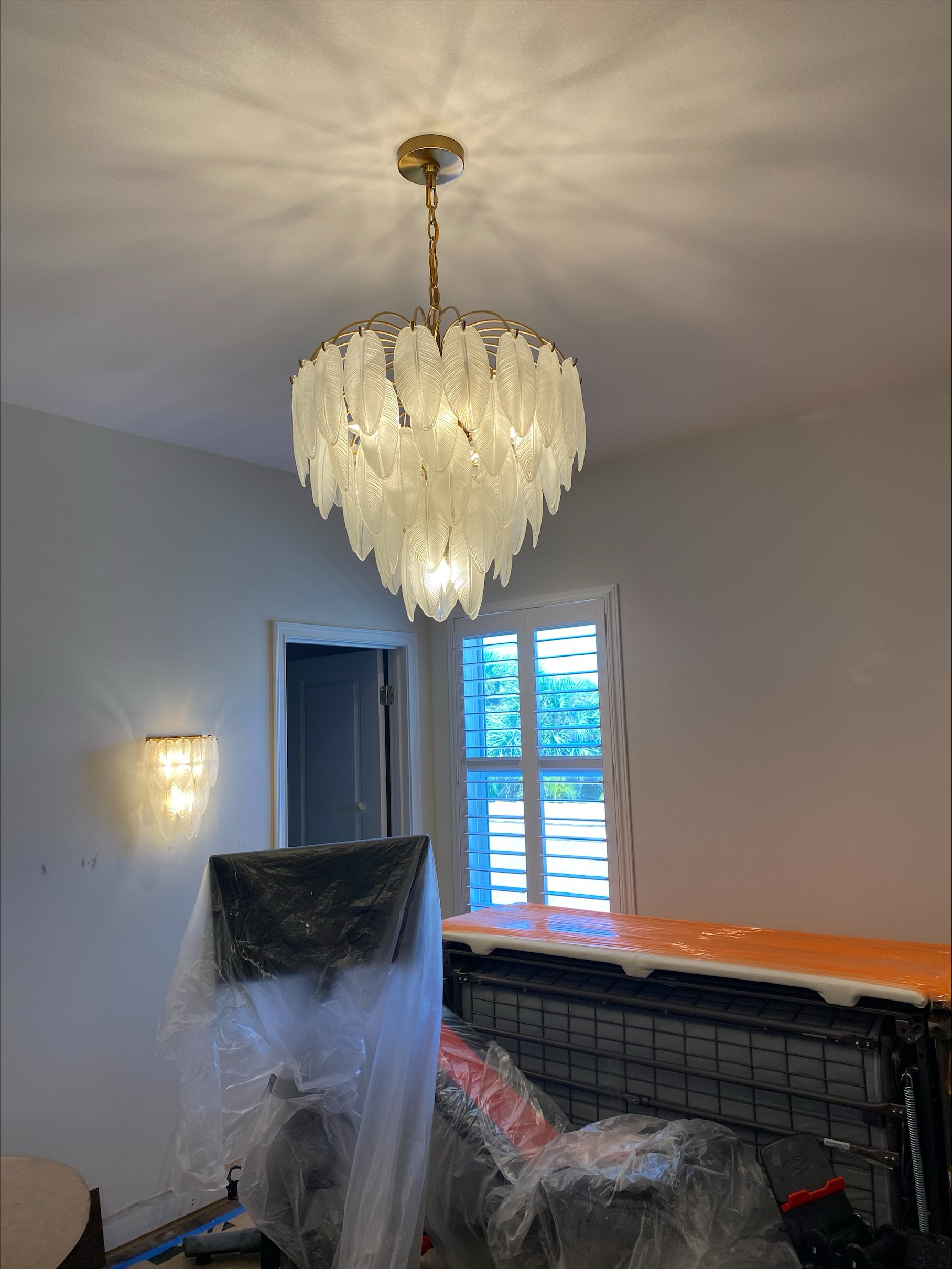Television usage has become an integral part of modern life. Whether you’re watching your favorite show, streaming a movie, or catching up on the latest news, most households have a TV in almost every room. However, with the growing use of televisions comes a common question: How much electricity does a TV actually consume? Understanding the energy consumption of your television can help you reduce your electricity bills and make informed decisions about the type of TV to purchase. In this article, we will explore the factors that affect TV energy consumption and provide tips for reducing your energy usage.

Factors That Affect TV Energy Consumption
Several factors determine how much electricity a television uses. These include the type and size of the TV, the resolution, the technology used, and the duration of usage. Let’s explore each factor in more detail to understand how it impacts the electricity usage of your TV.
Type of TV
The type of TV you have is one of the most significant factors in determining how much electricity it consumes. Modern TVs come in different types, including LED, OLED, LCD, and Plasma, and each type has varying energy efficiency.
- LED TVs: LED TVs are known for being the most energy-efficient option. These televisions use less power compared to older models like Plasma or LCD. Typically, a 40 to 60-inch LED TV will consume between 30 and 100 watts per hour, depending on the settings and the brightness of the screen. The energy usage is lower in comparison to larger or older models.
- OLED TVs: OLED TVs are newer technology and provide high-quality image resolution. They use organic compounds to create light on the screen, which tends to consume more power than LED models. A 55-inch OLED TV can consume around 100 to 150 watts per hour, depending on the settings.
- Plasma TVs: Plasma TVs are the least energy-efficient of all the options available today. They can consume anywhere from 150 to 300 watts per hour or more, especially if the screen is large. While they provide excellent picture quality, plasma TVs tend to use a lot of electricity, making them a less energy-efficient choice.
- LCD TVs: LCD TVs are another older option, and while they are more energy-efficient than plasma TVs, they generally consume more power than LED models. An LCD TV typically uses between 50 to 150 watts per hour depending on the screen size and the brightness settings.
Size of the TV
The size of the TV is another crucial factor in determining its energy consumption. Generally, the larger the TV, the more electricity it will use. A larger screen requires more power to light up the pixels and display the image.
For instance, a 32-inch LED TV may use around 30 to 55 watts per hour, while a 55-inch LED TV can consume between 80 and 100 watts per hour. As the size of the TV increases, the power consumption also increases. For larger screens, such as a 65-inch or 75-inch model, the energy usage can be anywhere between 100 and 200 watts per hour, depending on the technology and settings.
Resolution and Picture Settings
The resolution of your TV and its picture settings also play a significant role in its power consumption. Higher resolution TVs, such as 4K and 8K, generally consume more power than standard HD models because they require more pixels to be lit up. The increased number of pixels in 4K or 8K TVs leads to more energy usage, especially when displaying high-resolution content.
Moreover, the brightness settings you choose for your TV can have a direct impact on energy consumption. TVs set to higher brightness levels will use more power, as the screen needs to illuminate more intensely. Many modern TVs come with energy-saving modes or settings that can help reduce power usage without sacrificing picture quality.
Duration of Usage
The amount of time you use your TV each day will naturally affect its overall electricity consumption. A TV that is used for several hours every day will consume significantly more power than one that is used occasionally. The average TV usage in the U.S. is around 5 hours per day, but this can vary depending on personal habits.
For example, a 55-inch LED TV that consumes 100 watts per hour will use about 0.1 kWh of electricity for every hour it’s on. If you watch TV for 5 hours a day, that’s approximately 0.5 kWh of electricity used daily. Over the course of a month (30 days), this would add up to around 15 kWh of electricity, or roughly $2.10, depending on your local electricity rates.

How to Save Energy and Reduce TV Costs
There are several steps you can take to reduce your TV’s energy consumption and lower your electricity bills. Some of the most effective ways include:
1. Adjust Your TV Settings
Many TVs come with energy-saving modes or eco-friendly settings that help minimize power consumption. These settings typically reduce the brightness and adjust other parameters to lower energy usage without sacrificing the viewing experience. Check your TV’s settings and activate these modes to save energy.
2. Turn Off When Not in Use
One of the simplest ways to save energy is to turn off the TV when it’s not in use. Many people leave their TVs on standby, but turning them off completely can make a noticeable difference in energy usage.
3. Use a Power Strip
Plugging your TV and other entertainment devices into a power strip makes it easier to turn off multiple devices at once. Even when a TV is turned off, it can still use small amounts of electricity in standby mode. Using a power strip allows you to disconnect the power completely when you’re not watching.
4. Choose a More Energy-Efficient TV
If you’re in the market for a new TV, consider choosing an energy-efficient model. LED TVs are generally more efficient than older technologies like plasma and LCD. Additionally, check for the Energy Star label, which indicates that the TV meets high energy efficiency standards.

Conclusion
The amount of electricity your TV uses depends on several factors, including the type, size, resolution, and duration of use. On average, a modern LED TV uses between 30 and 100 watts per hour, while older models or larger TVs may consume more power. By understanding how much electricity your TV uses, you can make informed decisions about your viewing habits and reduce energy consumption. Adjusting settings, turning off your TV when not in use, and investing in an energy-efficient model are all great ways to cut down on electricity costs and ensure that your TV is as eco-friendly as possible.
If you feel your TV is racking up the electric bill, we think it would be a worthy time to look into our article about monthly electric bills for Floridians. We can also help optimize your electric bill by providing an electrical inspection.







